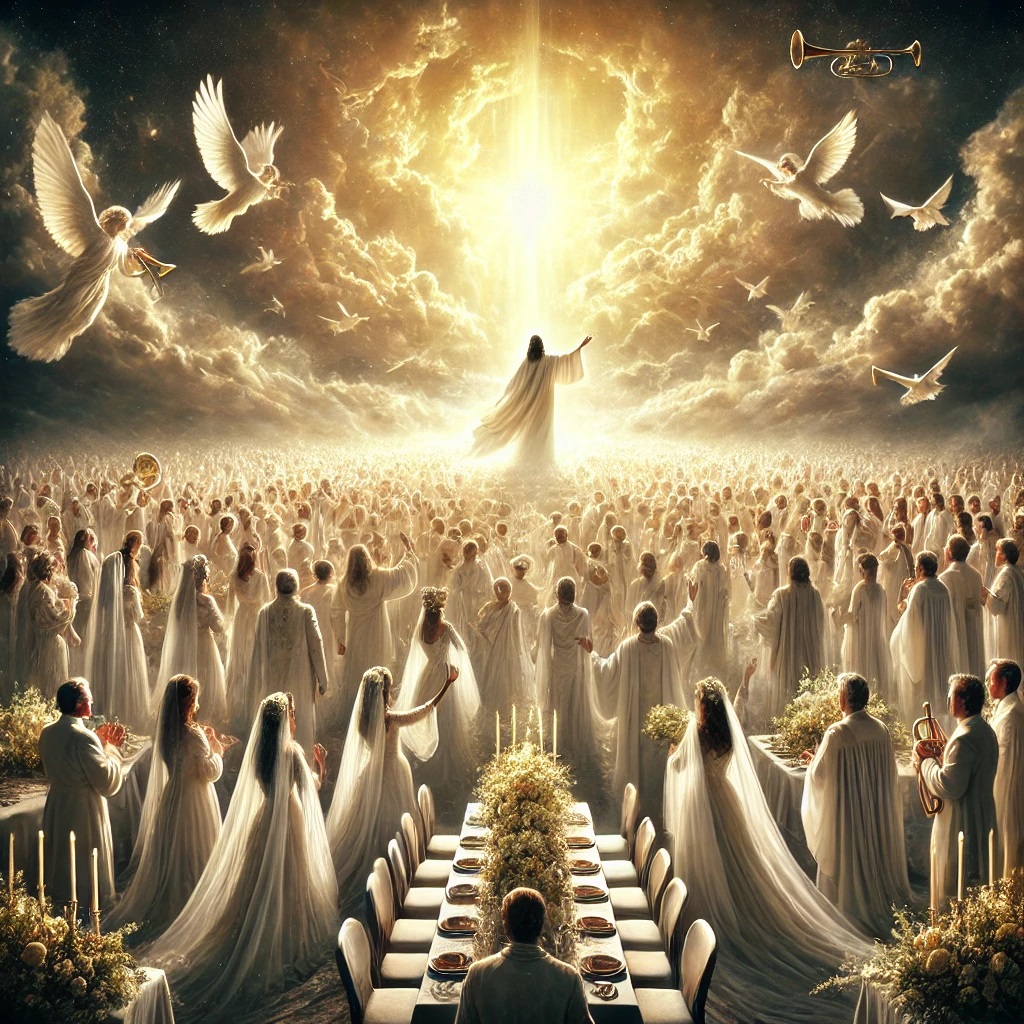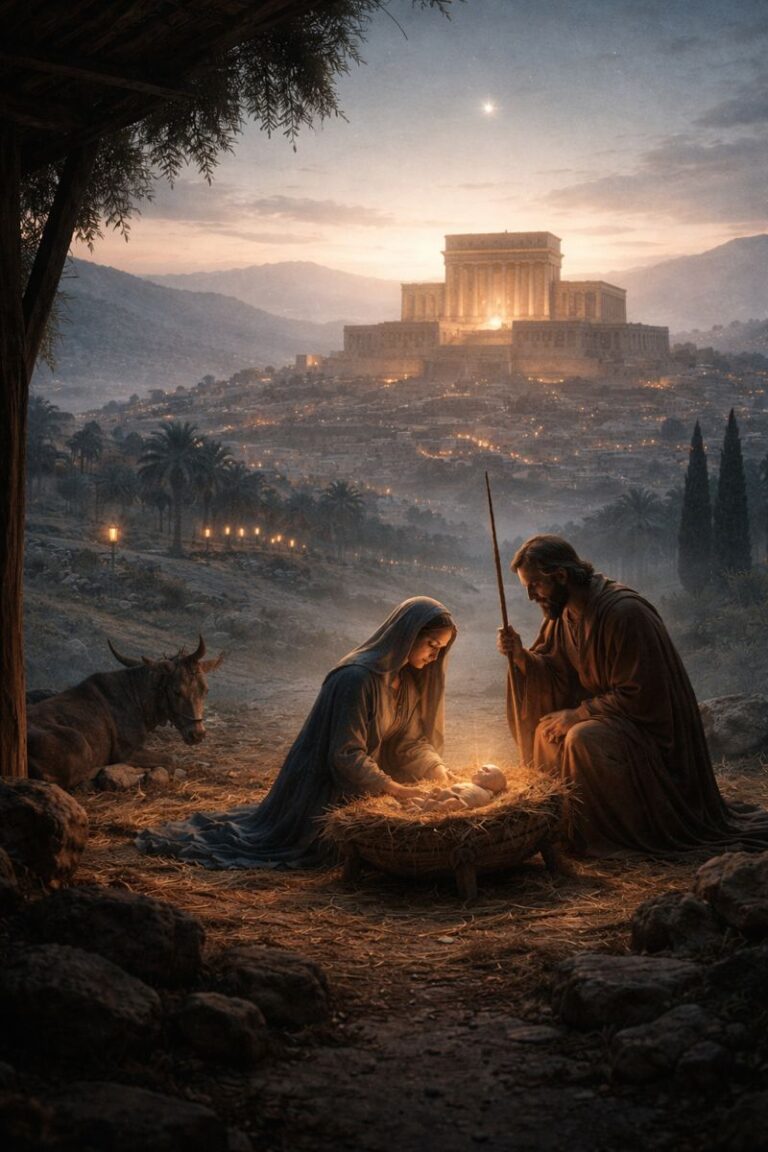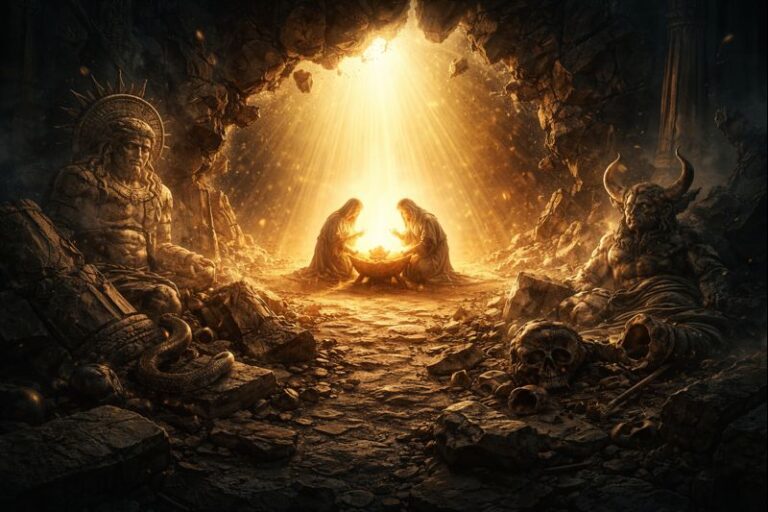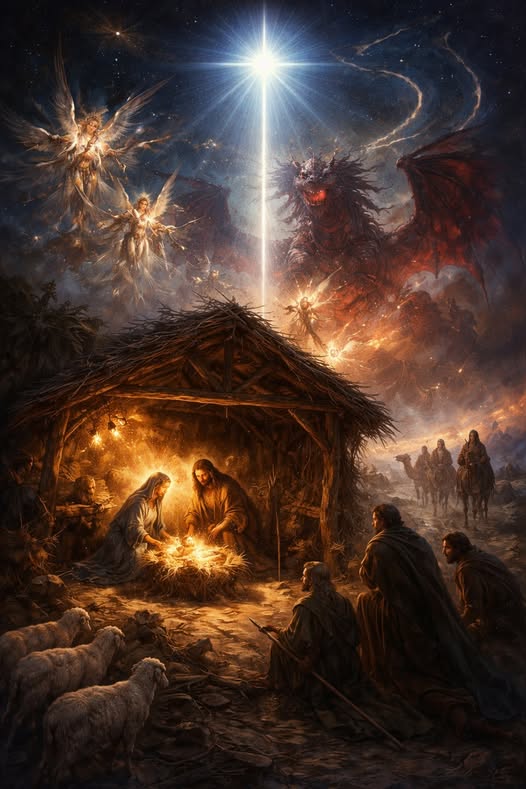
Many people assume that believers spend eternity in Heaven, but the Bible points toward a restored creation—a New Heaven and New Earth—where God dwells with humanity (Revelation 21:1–3). This misunderstanding sometimes fuels the notion that the church must be taken away to Heaven for an extended wedding celebration before Christ’s Second Coming. Revelation 19:6–9, describing the marriage of the Lamb, is often presented as proof of that early departure, but a closer look shows that the church’s union with Christ occurs in direct connection with His visible return to judge evil and reign in glory.
The Flow of Revelation
Readers of Revelation will notice that John’s visions do not spell out an unbreakable timeline for the tribulation period. Chapters 17–18 detail the fall of “Babylon,” a symbolic depiction of the corrupt worldly system, and Revelation 19 opens with praise for God’s just judgments. Immediately after these praises (19:1–5), verses 6–9 announce the wedding of the Lamb. In verses 11–16, Christ appears as the Rider on the white horse, returning to subdue His enemies and establish His reign.
This progression shows that the wedding scene stands right on the threshold of Christ’s public coming. There is no requirement in the text to position the wedding of the Lamb and the Bride’s readiness as an event that happens long before the Second Coming. Instead, Scripture places it near the moment of Christ’s triumph, indicating a close relationship between the wedding celebration and His visible descent.
The Bride’s Readiness
Revelation 19:7–8 depicts the Bride as having made herself ready, clothed in fine linen. This imagery points to the church in its final glorification, which takes place when Jesus returns in power and gathers His people. The Old Testament often portrays God as the husband of Israel, and in the New Testament, the church is shown as betrothed to Christ, awaiting the consummation of that relationship (Ephesians 5:25–27).
No verse in Revelation 19 states that the Bride has been in Heaven for a protracted period leading up to this wedding. Instead, the text highlights the moment when the Bride is fully prepared, aligning it with Christ’s act of judgment and the defeat of Babylon’s system. This matches the broader biblical picture of believers going through tribulation and emerging victorious at Christ’s coming (Revelation 7:14).
Why Revelation 19:6–9 Does Not Support a Pre-Trib Rapture
- Immediate Context
The wedding proclamation arrives directly after praise for God’s judgments in 19:1–5. Just a few verses later (19:11), Christ appears publicly. The tight connection suggests the marriage occurs around the same time as the Second Coming rather than well before it. - Biblical Wedding Imagery
Jesus’s parables in Matthew 22 and Matthew 25 place the wedding banquet at the moment the bridegroom arrives, underscoring a public, joyful celebration. In Matthew 25:1–13, only those prepared are allowed in once the bridegroom appears. These parables reflect an event that happens when Christ openly returns to inaugurate His kingdom, not a hidden ceremony separated from the final gathering. - No Extended Stay in Heaven
A common argument for a pre-trib rapture is that the church must be in Heaven receiving rewards and preparing for the wedding. Yet Revelation does not describe a long heavenly interval for the Bride. Believers are pictured receiving white robes through endurance and purification (Revelation 7:9–14), and the culmination of that process in chapter 19 coincides with Christ’s return.
Where Believers Spend Eternity
A vital point of clarity is that the Bible does not teach that believers spend all eternity floating in Heaven. Instead, Revelation 21 and 22 emphasize a New Heaven and New Earth, where God dwells among His people and all creation is renewed. This restoration follows Christ’s judgment on evil powers and the final defeat of death itself. The wedding of the Lamb, in that sense, is the inauguration of a perfect and everlasting fellowship between Christ and His church, ultimately revealed in the New Creation.
Conclusion
Revelation 19:6–9 does not establish a pre-tribulation rapture scenario where the church celebrates a long wedding feast in Heaven before Christ visibly returns. Rather, the text situates the Bride’s readiness and the wedding announcement in the same breath as Christ’s spectacular triumph over evil. The consistent message of Scripture is that believers will ultimately dwell with the Lord in a renewed creation, not in a permanent, distant Heaven.
Far from describing an early event detached from the final showdown, the wedding in Revelation 19 points to the climactic union of Jesus and His church—an event that reaches its pinnacle at His Second Coming. There, the Lamb’s victory and the Bride’s purity converge in one glorious moment, setting the stage for the eternal, perfected kingdom of God.
Discussion Questions
- How does the placement of the wedding of the Lamb in Revelation 19, immediately before the Second Coming, shape our understanding of the relationship between the church and Christ’s return?
- Why is it significant that the Bible emphasizes a New Heaven and New Earth as the eternal dwelling place for believers, rather than an extended stay in Heaven? How does this align with the concept of the wedding of the Lamb?
- In what ways does the imagery of the wedding supper in Revelation 19 reflect broader biblical themes of restoration, judgment, and celebration? How does this contrast with interpretations that place the wedding as an earlier, hidden event?
Want to Know More?
- “The Book of Revelation” by G.K. Beale (New International Greek Testament Commentary, Eerdmans, 1999)
- Description: This is a comprehensive, scholarly commentary on the Book of Revelation by a leading New Testament scholar. Beale provides detailed exegesis of Revelation 19:6–9 and its context, emphasizing the theological significance of the marriage of the Lamb and its connection to Christ’s Second Coming. He also explores the New Heaven and New Earth in Revelation 21–22, arguing that these chapters depict the ultimate fulfillment of God’s redemptive plan in a renewed creation.
- Why It’s Relevant: Beale’s work is highly regarded for its rigorous analysis of the Greek text and its theological depth. It offers robust support for the lesson’s argument that the marriage of the Lamb occurs in close proximity to Christ’s return and that the eternal destiny of believers is the New Creation, not a disembodied Heaven.
- “The Theology of the Book of Revelation” by Richard Bauckham (Cambridge University Press, 1993)
- Description: This accessible yet scholarly book examines the theological themes of Revelation, including the marriage of the Lamb, the defeat of Babylon, and the vision of the New Heaven and New Earth. Bauckham argues that Revelation’s imagery, such as the wedding supper, points to the public and climactic nature of Christ’s return, not a pre-tribulation event. He also emphasizes the hope of a renewed creation as the ultimate goal of God’s plan.
- Why It’s Relevant: Bauckham’s work provides a clear and concise theological framework for understanding Revelation’s eschatology. It supports the lesson’s rejection of a pre-tribulation rapture and its focus on the New Creation, making it an excellent resource for deeper study.
- “Reading Revelation Responsibly: Uncivil Worship and Witness: Following the Lamb into the New Creation” by Michael J. Gorman (Cascade Books, 2011)
- Description: This book offers a practical and theologically rich guide to interpreting Revelation, with a focus on its message for the church today. Gorman addresses the marriage of the Lamb in Revelation 19, connecting it to Christ’s victory and the church’s faithfulness through tribulation. He strongly emphasizes the New Heaven and New Earth as the culmination of God’s redemptive work, challenging popular rapture-based interpretations.
- Why It’s Relevant: Gorman’s accessible style makes this a great resource for both laypeople and scholars. It aligns with the lesson’s perspective by situating the wedding of the Lamb at Christ’s return and highlighting the New Creation as believers’ eternal home, offering practical insights for discussion questions.





